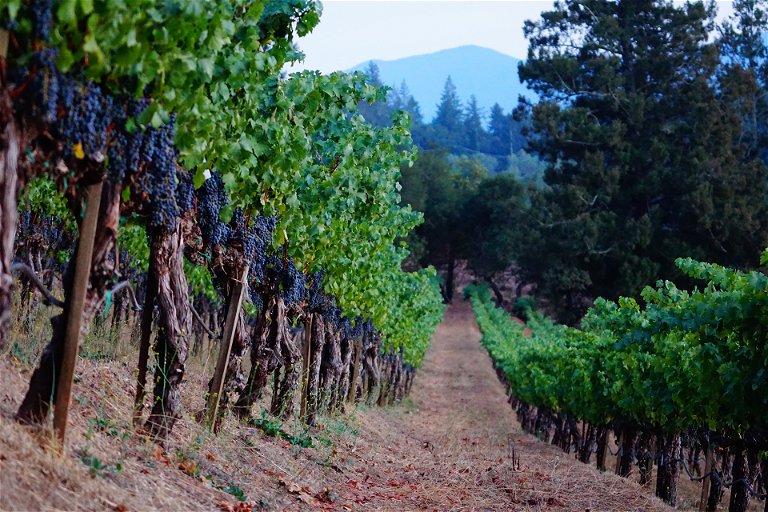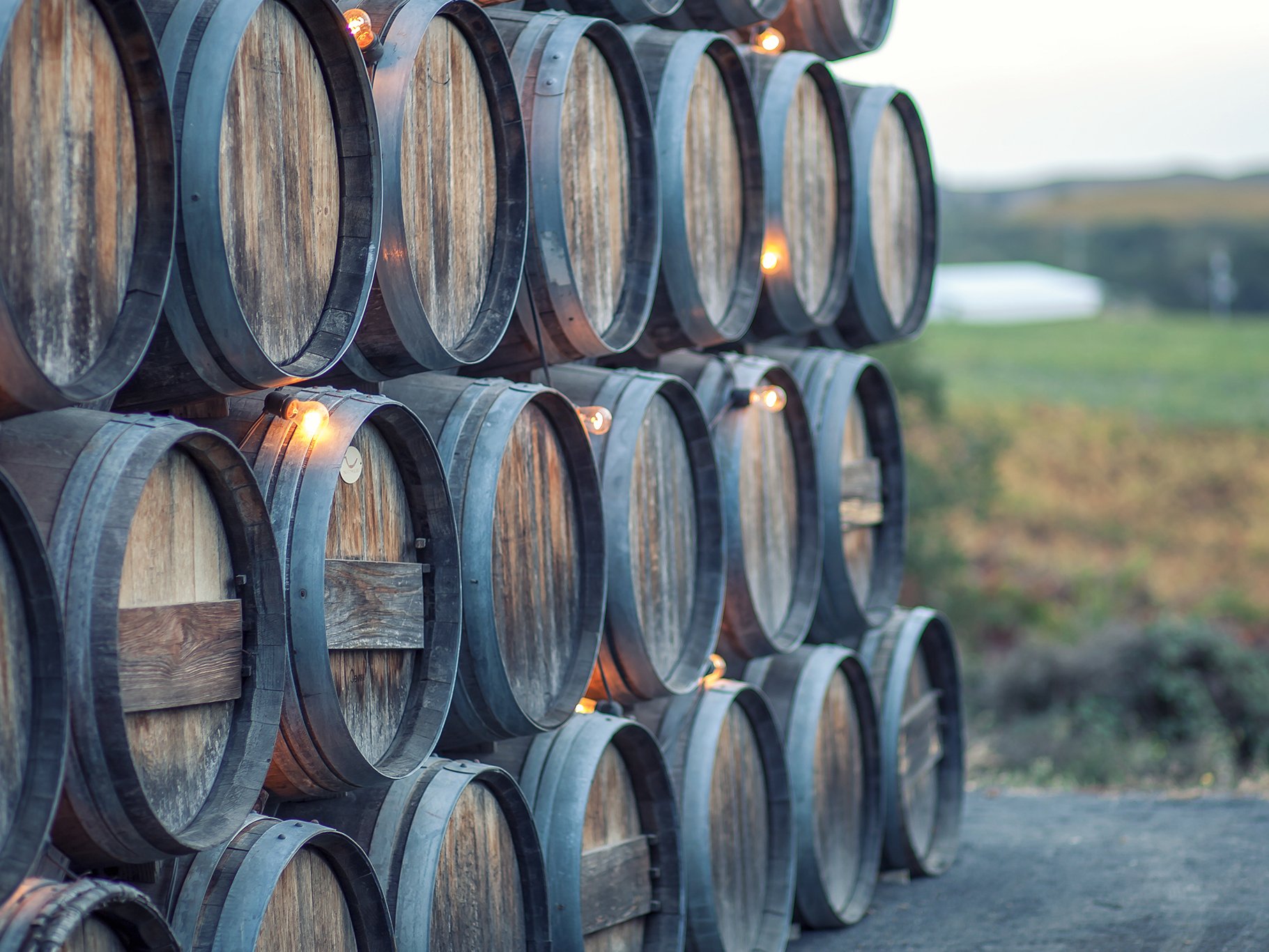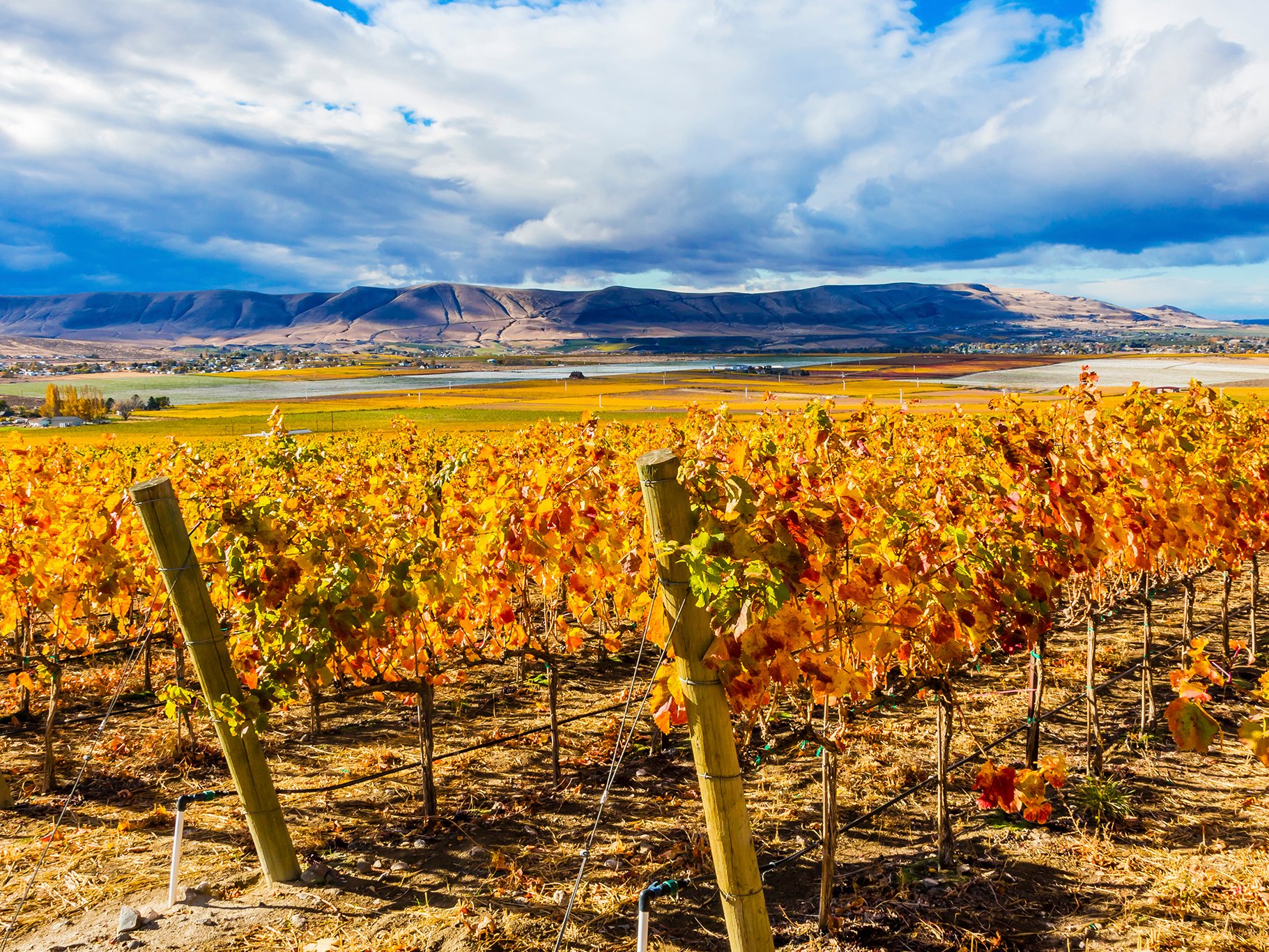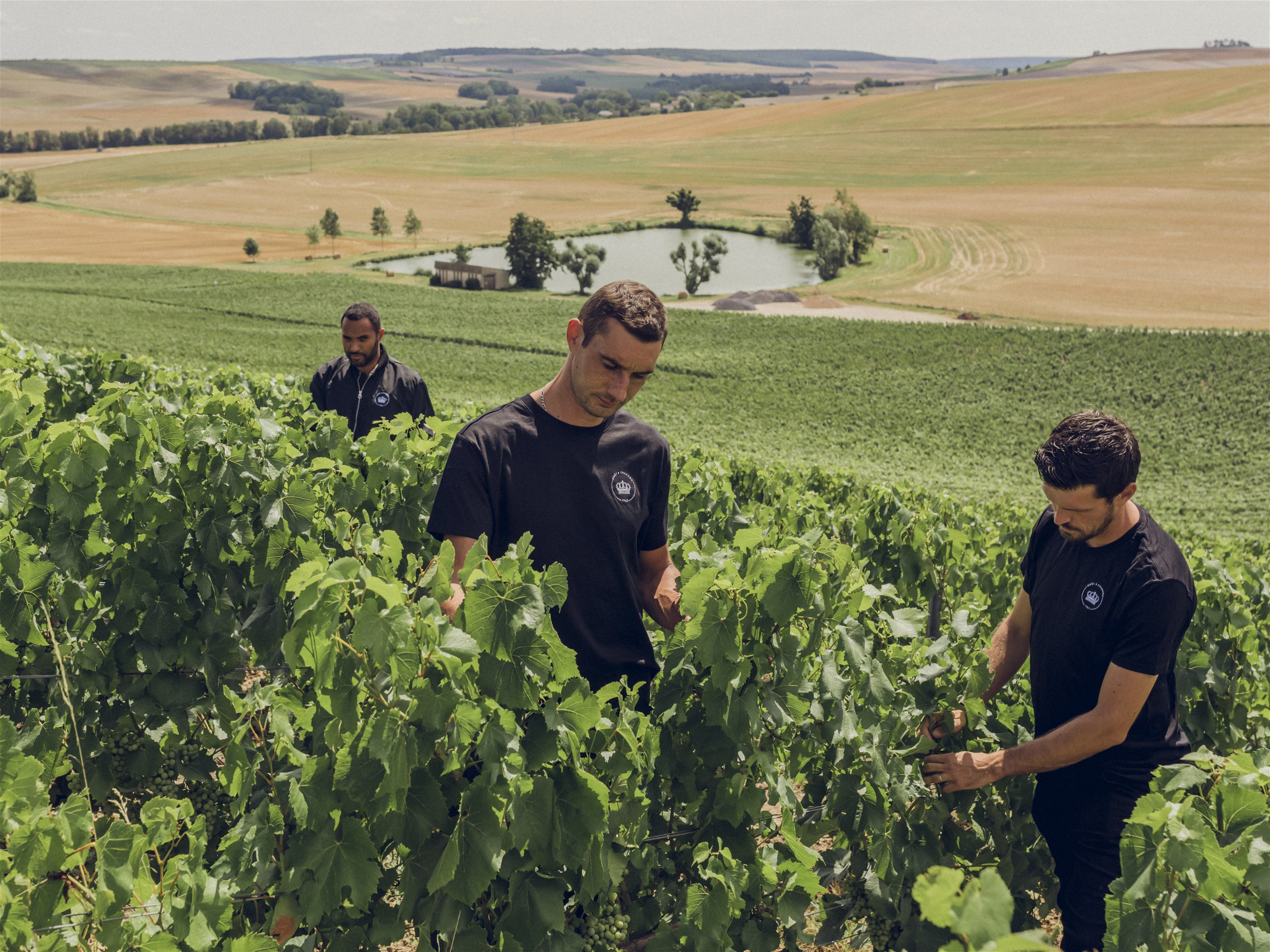After ten years, Napa Valley may be getting a new AVA
If the petition passes, Crystal Springs of Napa Valley will become the only all-hillside appellation in Napa County.
It’s been over ten years since a new American Viticultural Area (AVA) has been designated in Napa Valley, but all that could change in the near future: a petition for the creation of Crystal Springs of Napa Valley AVA is expected to be approved by the Alcohol and Tobacco Tax and Trade Bureau (TTB) in the coming months. Bordered by Calistoga, Howell Mountain, and Saint Helena, the 4,000-acre area (of which 250 are under vine, predominately Cabernet Sauvignon) has been left largely undefined, and producers defaulted to the more generic “Napa Valley” for their labelling. If it passes, the creation of the new AVA gives the oft-overlook stretch of land an identity of its own.
“Napa Valley” has always carried its own sort of prestige, but as the region matured and a deeper understanding of the land developed, AVAs were created. AVAs often serve as shorthand to explain what makes wine-growing areas unique and can guide a drinker’s expectations in terms of a wine’s style. When wine lovers pick up a wine from Rutherford AVA, for example, they expect a particular texture to the tannins, thanks to a confluence of environmental elements, from soil to climate, affectionally known as “Rutherford dust.”
“The Napa Valley is one of the world’s most-studied wine regions, and really, every part of the Napa Valley AVA should also have a more specific, nested AVA to describe the terroir,” says Steven Burgess, the architect behind the new AVA’s petition. Burgess was the proprietor of Burgess Cellars until it was acquired by Demeine Estates in 2020. “Many times, I would be selling my wines and [people] would ask where the grapes came from,” says Burgess. “I replied that they were all hillside, estate fruit and they would ask me why the label only said ‘Napa Valley’ on it.”
Higher prices
Beyond just drilling down into the nuances of terroir, wineries can often command higher prices for their bottles when the label boasts an AVA. “I had to explain every darn time [I was selling wine] how we were in-between AVAs and where we were,” says Burgess. “The conversations became long-winded and not as glowing as they should simply because we were not in our own nested AVA.”
Indeed, ‘Valley’ is a misnomer for the land in the proposed AVA. The area, starting at 400 feet in altitude, is sandwiched between the valley-floor vineyards of St. Helena and the high-altitude vines of Howell Mountain, which begin at 1,400 feet. If it passes, Crystal Springs of Napa Valley will become the only all-hillside appellation in Napa County, according to Burgess.

Hillside exposures create a unique ripening experience for grapes; the area’s west and southwest-facing slopes receive extended hours of daylight and bud break occurs earlier, which means an overall longer hang time during the growing season. Diurnal shifts allow grapes to cool down in the evening and retain their acidity. Unlike fruit from high-altitude sites like some in the Howell Mountain AVA, which can sometimes struggle to fully ripen, grapes grown on the slopes reach full maturity.
Because of constant airflow throughout the vineyards and warmer temperatures in the morning-–cold air flows downward and doesn’t pool on the slopes-–the area remains frost-free, another key attribute. “On cold, still mornings, the valley floor below the hillsides may dip six to ten degrees Fahrenheit lower,” says Burgess. “All three adjacent AVAs have frost, but not Crystal Springs of Napa Valley.”
Ultimately, wines show darker berry flavours, rich tannins, and an opulent but structured quality, according to Burgess.
While obtaining data to prove the relevance of a new AVA requires endless work, one of the biggest headaches for winemakers is figuring out what to call the appellation; AVA names must have some historical context. After considering (and luckily rejecting) “Sanitorium,” a nod to an area landmark, Burgess pulled inspiration from the hospital’s original name, Crystal Springs Rural Health Retreat.

Although there is a lot of buzz around Crystal Springs of Napa Valley, not all winemakers are jumping on the bandwagon. Viader resides at 1,300, just 100 feet short of being able to define itself as Howell Mountain. Over the years, proprietor Delia Viader considered petitioning the Howell Mountain AVA but decided the cost and effort weren’t worth it. Now, she isn’t in any rush to adopt the new Crystal Springs name, either. “We’ve been here for 35 years,” she says. “We've worked well enough nationally and internationally to create a brand strong enough to rely on ‘Napa Valley’.”
While she will continue with “Napa Valley” on the label, she supports the creation of the new appellation, “especially if it helps somebody else or propels [them] to the limelight,” she says. “The family of wine-making people is the global community. It's exciting when people start, when people believe in this industry, when people have aspirations, and they show their passion.”













